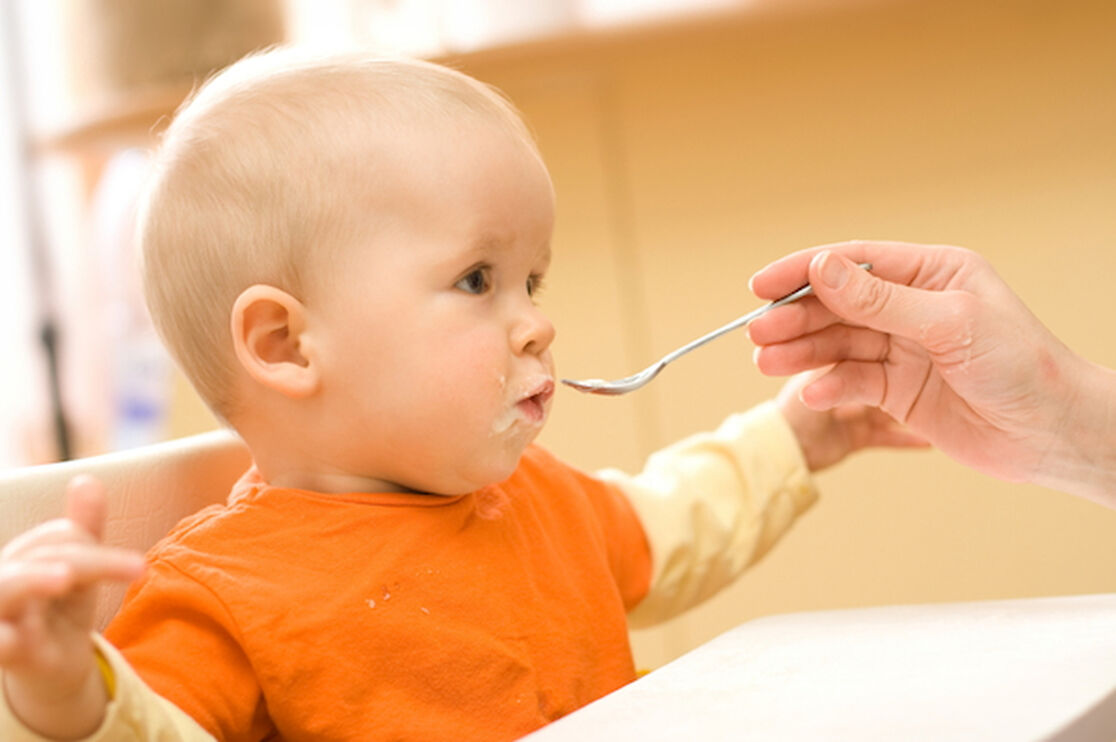Feeding your baby is one of the most fundamental tasks of parenting, but even though we’ve literally been doing it since the beginning of time, it can still be tricky territory. Between breasts and bottles and allergies and obesity and everything else, feeding our children has become a complicated and emotional journey. Today we’re sharing 10 basic tips to hopefully make it a little easier. Bon appetit, baby!
#1: Get ready before baby arrives. You’ve probably read all sorts of books, articles, and blogs and talked to friends, family, and maybe even strangers to learn as much about the tricky business of parenting as you can. But, no matter how well-read and informed you are, life has a way of throwing curve balls. It applies to all aspects of parenting, but for right now let’s talk about feeding. Have a plan or maybe two in mind (will you strictly breastfeed, will you need to pump, will you supplement, etc.), create a support system, and know that it’s okay to figure things out as you go — your child’s needs and your own will evolve over time and unexpected circumstances may arise. Although easier said than done, don’t stress. We promise, everything works out!
#2: Try to breastfeed for at least the first 8 days. The American Academy of Pediatrics recommends breastfeeding for the first year and we support that recommendation. But it can be an overwhelming commitment for many moms, so we encourage you to take it one step at a time. “The first 8 days appear to be a critical window,” says renowned pediatrician Dr. Alan Greene. “Babies are setting their internal sense of how much is ‘normal’ for them to eat. Too much, or too little can lead to lifelong impacts. Thankfully, breastfeeding typically leads to the right amount and pacing during that first week. You are designed to provide just what your baby needs! With formula-fed babies, you’ll need to be more attentive to not over- or underfeed.” Which leads us to the next tip...
#3: Watch for cues. How can you tell if a baby is getting the right amount? Dr. Greene says your baby will let you know. “Babies are born with a sophisticated internal mechanism for determining just how much they need to thrive,” says Greene. “Healthy babies given the right selection of healthy foods will tend to eat just the right amount.” Your baby should appear satisfied and may even push the nipple out of his mouth. Regular wet and soiled diapers are also a key indicator. Dr. Greene also makes the point that all babies are different and while feeding charts can be helpful, you shouldn’t worry if your child is eating more or less. A happy, healthy baby is the goal, not following rigid guidelines.
#4: Opt for organic. Food grown organically doesn’t contain genetically modified organisms, synthetic hormones and antibiotics, or toxic pesticides. Better for you, your baby, and the planet we live on. Whether you’re breastfeeding or formula feeding, go organic during this unique window of development and vulnerability.
#5: Be vigilant about vitamins. Most women are advised to continue taking a prenatal multi-vitamin while they breastfeed and specific supplements are sometimes recommended for babies and toddlers, too. The American Academy of Pediatrics recommends Vitamin D for all infants and Dr. Greene believes supplementation with a children’s multi-vitamin provides “health insurance” during the first months and years of rapid development. Talk to your doctor about your family’s unique dietary needs.
#6: Choose safe baby feeding gear. The U.S. Food and Drug Administration has banned the hormone-disrupting chemical BPA from baby bottles and formula containers, but it could still be used in breast pumps or breastmilk storage containers. Regardless, whatever gear you’re using, contact manufacturers to find out what the tools are made of. Give preference to medical grade silicone, stainless steel, glass, and safer plastics like polypropylene (#5).
#7: Start solids when your baby wants to. Your baby isn’t going to place an order, but — again — you should watch for cues. “Babies have unique digestive systems and mature at different rates, so there’s no single best answer for when every baby should start solids,” says Dr. Greene. “Your baby may know it is time before you do! The most obvious sign is a baby that still seems hungry after getting enough milk (8-10 breast feedings or 32 ounces of formula in a day). Your darling may lean forward eagerly or act fussy when you are eating.”
#8: Make baby’s first grain a whole grain. Once your baby is showing interests in solids, offer her a wholesome option. Dr. Greene says, “It’s no wonder that America’s kids are hooked on junk food. For the past 50 years the majority of babies in the United States have been given white rice cereal for their very first bite of solid food. Metabolically, it’s similar to eating sugar.” To combat this bad feeding behavior, Dr. Green launched the WhiteOut movement — and we support him whole (grain) heartedly!
#9: Skip the baby food aisle. Your baby’s first foods don’t always need to come in tiny pouches and jars. They can come right from your refrigerator — and they’ll likely be healthier. Try mashed avocado, banana, or steamed sweet potato. Thin with breastmilk or formula if necessary.
#10: Enjoy! Whether breastfeeding, formula feeding, finger feeding, or spoon feeding, try to enjoy these first magical moments of eating together. Bring positivity and love to the experience to help build a healthy relationship with food.
For more amazing advice, check out Dr. Greene’s book, Feeding Baby Green: The Earth Friendly Program for Healthy, Safe Nutrition During Pregnancy, Childhood and Beyond. And let us know in the comments what your tips are!
We aim to provide you with the most honest and credible information possible. This article was reviewed for accuracy by The Honest Team and was written based on sources that are linked at the bottom of the article.
blog_review_statement



